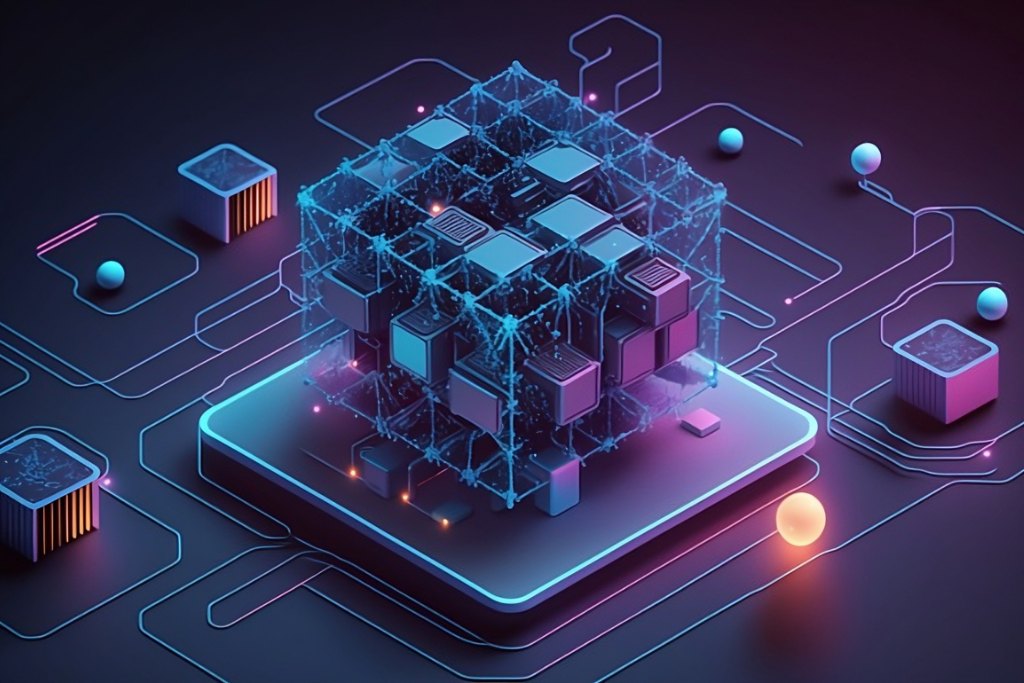
Introduction to AI and Machine Learning: A Beginner's Guide
6 min read
23 Jul 2025
Artificial Intelligence (AI) and Machine Learning (ML) are two rapidly growing fields that are revolutionizing technology and reshaping industries. In this beginner's guide, we'll explore the fundamental concepts of AI and ML, their applications, and their potential impact on society.
Understanding Artificial Intelligence: AI refers to the simulation of human intelligence in machines, allowing them to perform tasks that typically require human intelligence, such as learning, problem-solving, and decision-making. AI systems can analyze data, recognize patterns, and make predictions, enabling automation and optimization across various domains.
Types of Artificial Intelligence: There are two main types of AI: Narrow AI and General AI. Narrow AI, also known as Weak AI, is designed to perform specific tasks within a limited domain, such as virtual assistants, recommendation systems, and autonomous vehicles. In contrast, General AI, also known as Strong AI, would possess human-like intelligence and the ability to understand, learn, and apply knowledge across different domains.
Introduction to Machine Learning: Machine Learning is a subset of AI that focuses on enabling machines to learn from data without being explicitly programmed. Instead of following predefined instructions, ML algorithms learn from experience and improve over time. This learning process involves training the algorithm on labeled data to recognize patterns and make predictions.
Supervised Learning: Supervised Learning is a type of ML where the algorithm is trained on labeled data, meaning each input data point is paired with its corresponding output. The algorithm learns to map inputs to outputs, making predictions on new data based on the patterns learned during training. Common applications of supervised learning include image recognition, speech recognition, and spam detection.
Unsupervised Learning: Unsupervised Learning involves training the algorithm on unlabeled data, allowing it to find hidden patterns or structures within the data. Unlike supervised learning, there are no predefined outputs, and the algorithm must discover the underlying structure on its own. Clustering, dimensionality reduction, and anomaly detection are typical tasks in unsupervised learning.
Reinforcement Learning: Reinforcement Learning is a type of ML where an agent learns to interact with an environment by taking actions and receiving feedback in the form of rewards or penalties. The goal of the agent is to maximize cumulative rewards over time by learning the optimal sequence of actions. Reinforcement learning has applications in game playing, robotics, and autonomous decision-making systems.
Applications of AI and Machine Learning: AI and ML are being applied across various industries, transforming how businesses operate and improving the quality of life for individuals. Some notable applications include: - Healthcare: AI is used for medical diagnosis, drug discovery, and personalized treatment plans. - Finance: ML algorithms are employed for fraud detection, risk assessment, and algorithmic trading. - Transportation: AI powers self-driving cars, traffic management systems, and predictive maintenance for vehicles. - Retail: AI-driven recommendation engines, demand forecasting, and inventory management optimize the shopping experience. - Entertainment: ML algorithms personalize content recommendations, enhance gaming experiences, and enable virtual assistants for media consumption.
Future Trends and Challenges: The future of AI and ML holds immense potential, but it also presents significant challenges. As technology continues to advance, we can expect greater integration of AI into everyday life, leading to increased automation, improved efficiency, and new opportunities for innovation. However, concerns regarding data privacy, algorithmic bias, and the ethical implications of AI-powered decision-making must be addressed to ensure responsible development and deployment of these technologies.
In conclusion, AI and Machine Learning are revolutionizing the way we interact with technology and are reshaping industries across the globe. By understanding the fundamental concepts and applications of AI and ML, individuals can better navigate the increasingly AI-driven world and harness the power of these transformative technologies for positive societal impact. As we continue to explore and innovate in the field of AI and ML, it's essential to prioritize ethical considerations and ensure that these technologies serve the greater good.

The AR Breakthrough That Will Make Blockchain Transactions Simpler Than Ever!
5 min read | 11 Oct 2025
How AI Is Making Blockchain Smarter and Safer – The Inside Scoop!
7 min read | 10 Oct 2025
The Big Tech Twist: How VR Is Set to Disrupt Blockchain Like Never Before!
5 min read | 09 Oct 2025
Unlocking the Power of AR: How Augmented Reality Is Set to Revolutionize Blockchain!
5 min read | 08 Oct 2025More Articles

Biometric Security: The Future of Passwords and Authentication
4 min read | 28 Apr 2025

Flying Cars: Making Science Fiction a Reality
4 min read | 27 Apr 2025

The Quantum Internet: Unbreakable and Superfast Communication
5 min read | 26 Apr 2025

Mind-Reading Technology: The Future of Brain-Computer Interfaces
2 min read | 25 Apr 2025
More Articles

The Future of Tech Revealed: How AR and AI Will Transform Your Daily Life!
7 min read | 05 Oct 2025

Why VR Is the Ultimate Game-Changer for Blockchain’s Future – Don’t Miss Out!
6 min read | 13 Oct 2025

Blockchain and AI: The Unlikely Partnership That’s Disrupting Every Industry!
7 min read | 12 Oct 2025

The Shocking Truth About How VR Is Changing the Face of AI Development!
7 min read | 11 Oct 2025
